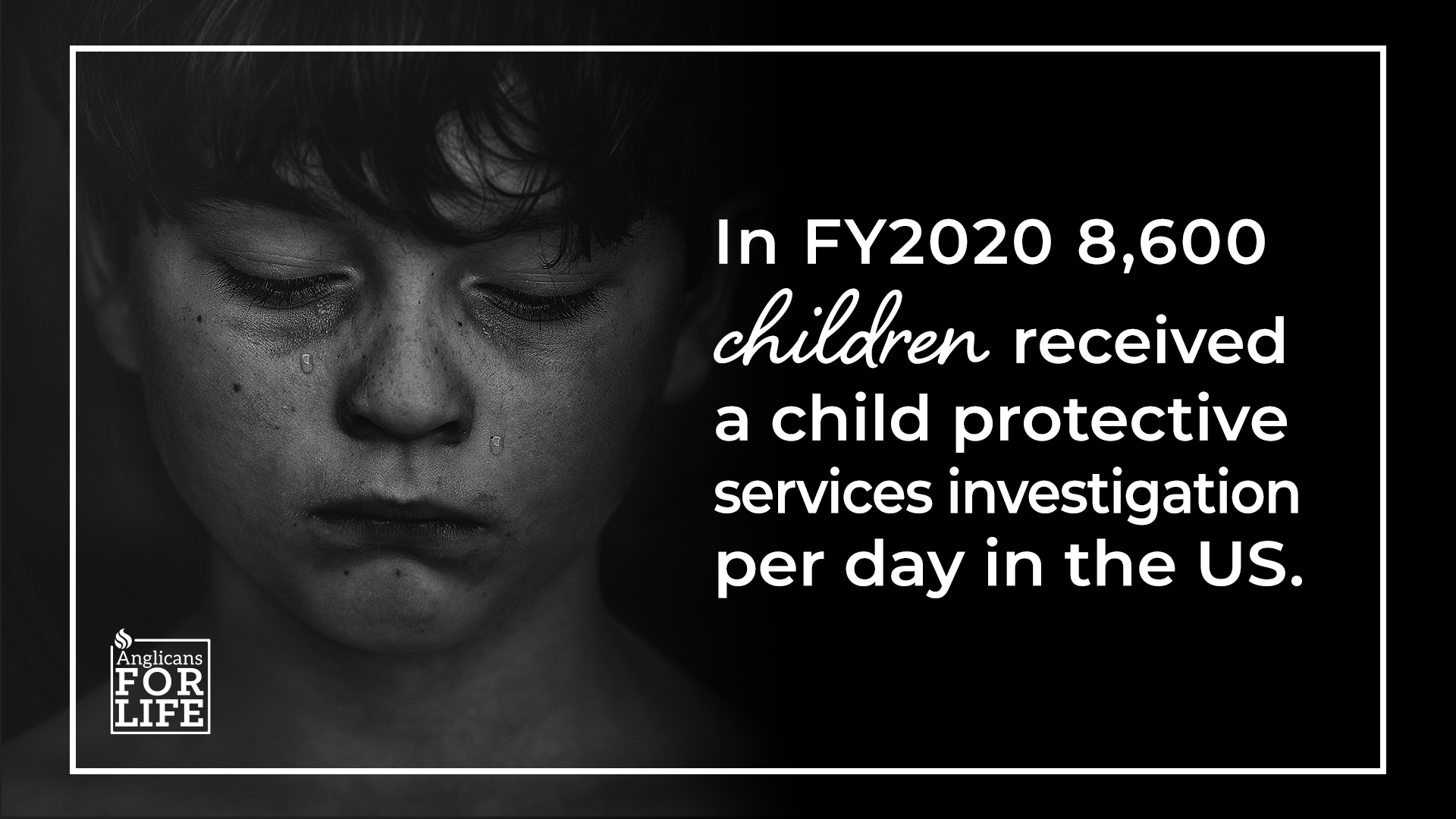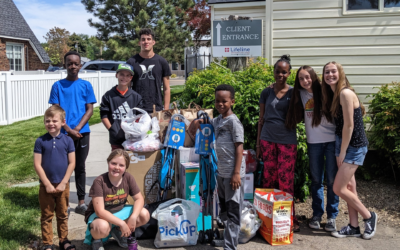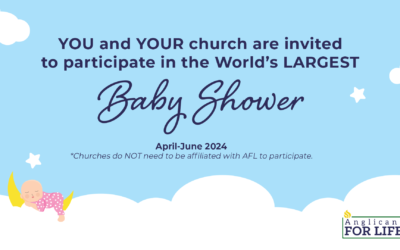According to Child Maltreatment 2020, the latest report from the National Child Abuse and Neglect Data System (NCANDS) found an average of more than 8,600 children received a child protective services investigation PER DAY in the United States during Fiscal Year 2020. Nearly 1,700 were found to be victims of maltreatment on an average day. Among those victimized children, more than 75% were neglected, and more than 25% were physically and/or sexually abused (the figures for all categories will add up to more than 100% due to some children experiencing 2 or more forms of maltreatment).
Tragically, 1,750 children died as a result of neglect and/or abuse during the fiscal year. Nearly half of the children who died from neglect and/or abuse were younger than 1.
Children are also abused in the womb. More than 42,000 infants were referred to child protective services agencies in fiscal year 2020 for prenatal substance exposure (this is, of course, in addition to the hundreds of thousands who are brutally aborted). It should come as little surprise that the vast majority of perpetrators of child abuse and neglect are parents to the children. More than half of all perpetrators are female.
April is National Child Abuse Prevention Month. According to the Child Welfare Information Gateway of the Administration for Children and Families’ Children’s Bureau, “National Child Abuse Prevention Month recognizes the importance of families and communities working together to strengthen families to prevent child abuse and neglect. Through this collaboration, prevention services help protect children and produce thriving families.”
God is deeply concerned about child abuse and neglect. He loves children. He makes children in His image, and according to His word, children are a gift from Him. As adopted children of God, we, the Church, are called to love children. We are to treat them as the precious Image bearers of God that they are, and we must value them and care for them as the gifts they are. We, too, need to be deeply concerned about child abuse and neglect, and we must do what we can to prevent it. That includes the children entrusted to our direct care, as well as children in our communities – our neighbors.
According to the Child Welfare Information Gateway, “Everyone can play a role in supporting families in order to prevent child abuse and neglect.” Let this be a challenge to the Church – that not only does God want us to protect children, but the government itself recognizes that we can all do something, and they even invite our efforts. But what can we do? What can churches do?
The first thing we can do is pray. Go to our heavenly Father on behalf of at-risk children and their parents or caregivers. Thank Him that their parents chose life. Pray that these families would come to know Jesus as our Savior. Pray that children would be protected. Pray that their parents or caregivers would treat them as the precious image bearers of God that they are. Pray that parents and caregivers who are at risk of abusing or neglecting their children would find the support they need through their families, friends, and local churches.
Another way we can help prevent child abuse and neglect is by supporting moms and at-risk families. Support them throughout their pregnancies. Support them if they choose an adoptive plan, come alongside them if they choose to parent, and continue to support them as the children grow up.
The Child Welfare Information Gateway lists several “Protective Factors to Promote Well-Being and Prevent Child Abuse and Neglect.” Among those are social connections and concrete supports for parents. As they explain, “Parents and caregivers with a social network of emotionally supportive friends, family, and neighbors often find that it is easier to care for their children and themselves compared with those who do not have such a network…Research has shown that parents who are isolated and have few social connections are at higher risk for maltreating their children.” Imagine the difference a supportive church family that steps in and helps when things get difficult can have for single working moms and other at-risk families.
A final way we can prevent child abuse and neglect is to keep our eyes open and look for signs. Child maltreatment referrals come from people in all walks of life, including law enforcement, teachers, medical professionals, social services personnel, daycare providers, relatives, friends, neighbors, and more. Keeping our eyes open for signs of child abuse and neglect is not an invasion of privacy. It’s a way of loving our neighbors as ourselves.
For more information, visit https://www.childwelfare.gov/topics/preventing/preventionmonth/. If your church is interested in developing a ministry outreach for at-risk children, please contact Anglicans For Life at info@anglicansforlife.org.




